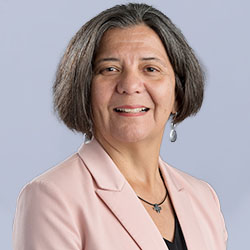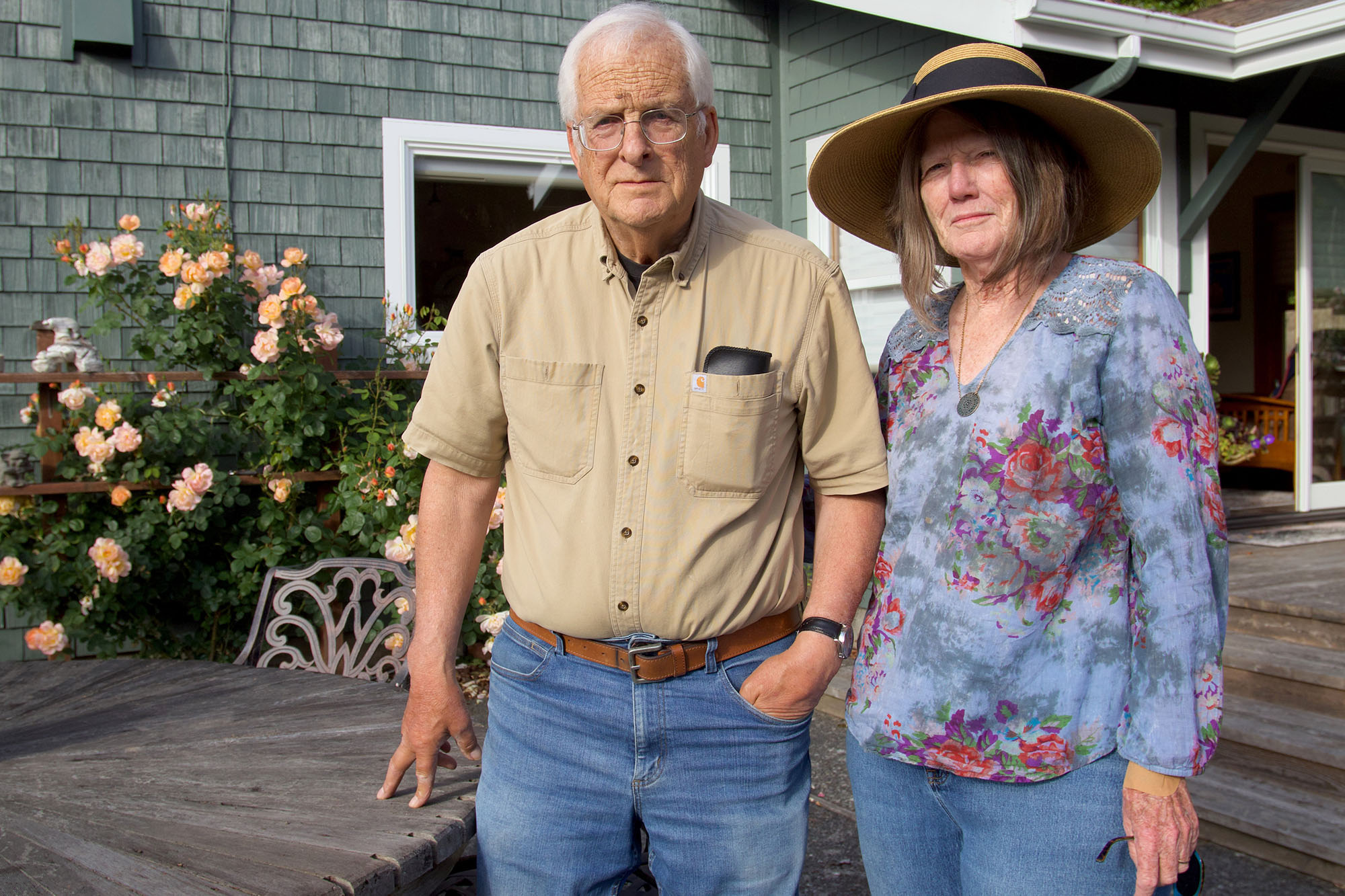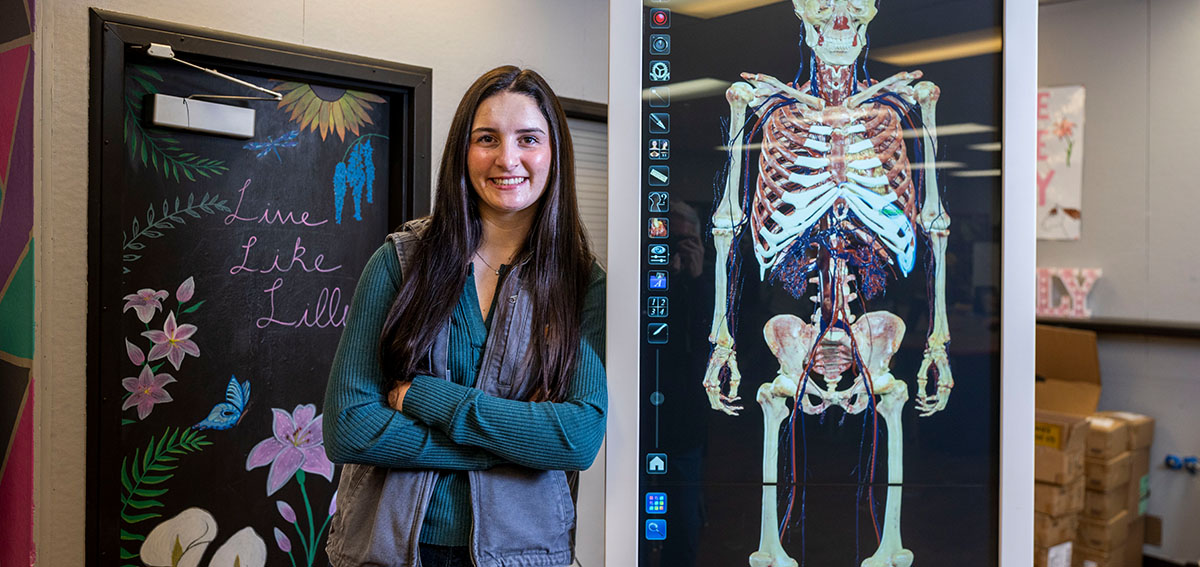
It’s an exciting time for California. We have a new governor and legislature with a strong commitment to health, elected in a year when health care was top of mind for voters. Once again, California finds itself in a position to lead the nation by ensuring that everyone has access to timely, affordable health care.
California’s bold efforts to expand coverage and improve care depend entirely on whether we have the people in place to provide that care. A new report out today from the California Future Health Workforce Commission charts a clear path to ensure that our state has the right people in the right places to deliver the care that is needed most.
Californians are already living with the consequences of shortages in our health workforce. In a recent poll conducted by the California Health Care Foundation and the Kaiser Family Foundation, one in three Californians said there aren’t enough primary care providers in their community to meet local needs. More than half of Californians say there aren’t enough mental health providers in their area. Residents of the Central Valley and the Inland Empire, as well as Californians who are low-income, Latino, or black, told us they are experiencing the most severe shortages.
These worker shortages mean that too many Californians must visit emergency rooms because their community has too few primary care providers. Too many go without mental health treatment because there are no psychiatrists. Too many miss out on valuable care and support because their doctor or nurse doesn’t speak their language or understand their culture. As a state, we can and should do better.
We Can Do This
California already has the ability to solve this problem. Thanks to the California Future Health Workforce Commission, we now have the information we need to act. The Commission identified 10 priority recommendations among the 27 it adopted. They include:
- More scholarships for qualified students who pursue priority health professions and commit to work in underserved communities
- New residency programs to train more primary care physicians and psychiatrists to practice where they are needed most
- Expanded training and roles for nurse practitioners in primary care and behavioral health care
- Increased mentoring and support for young people from underserved communities to encourage them to attend community college and four-year colleges and move into health careers
- Development of a more robust prevention workforce with trusted frontline workers, including community health workers, promotores, and peer providers
The 10 priority recommendations would cost $3 billion over 10 years. That is less than 1% of what Californians are projected to spend on health care in 2019 alone. For that modest investment, California would solve its primary care provider shortage, nearly eliminate the serious shortfall of psychiatrists, and dramatically expand the pipeline of young people from underserved backgrounds headed for careers in the health professions. Those 10 recommendations alone would yield 47,000 new health workers — 30,000 of them from underrepresented communities.
Beyond the 10 priorities, the Commission made other important recommendations to address critical health workforce needs. These recommendations are a mixture of proven models and bold initiatives requiring both short- and long-term investments. Many of the proposals would retool California’s health workforce to strengthen prevention, improve behavioral health care, and address social determinants of health. They would also give young people significantly greater access to career-ladder jobs and strengthen the economy in communities with high poverty rates.
A Model of Public Service
I want to acknowledge the Commission’s co-chairs — University of California President Janet Napolitano and Dignity Health CEO Lloyd Dean — and all of the commissioners and technical advisory committee members who invested time, experience, and expertise to develop and hone these recommendations. This group of distinguished health and education leaders is a model of public service — and a reminder of what can be achieved when we work together to solve big problems and build a better future. Thanks to the funders who joined CHCF in supporting the work of the Commission: Blue Shield of California Foundation, Gordon and Betty Moore Foundation, The California Endowment, and The California Wellness Foundation.
At the final Commission meeting, Janet Napolitano referred to this milestone as the “end of the beginning.” Now the baton passes to all of us — policymakers, health care employers, education institutions, philanthropy, and community organizations — to work together to turn the Commission’s recommendations into reality.
Authors & Contributors






